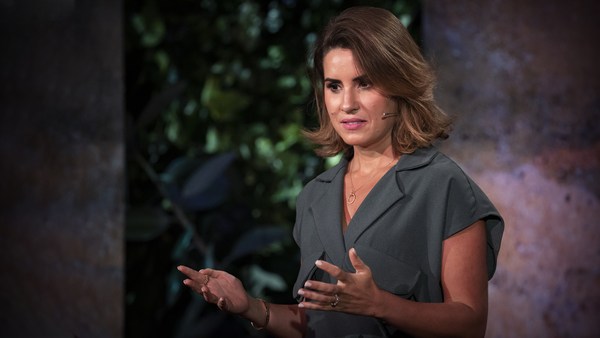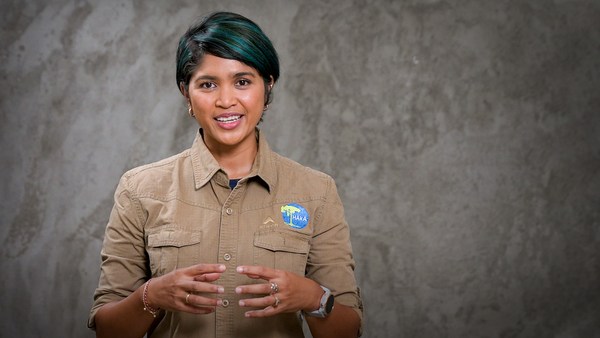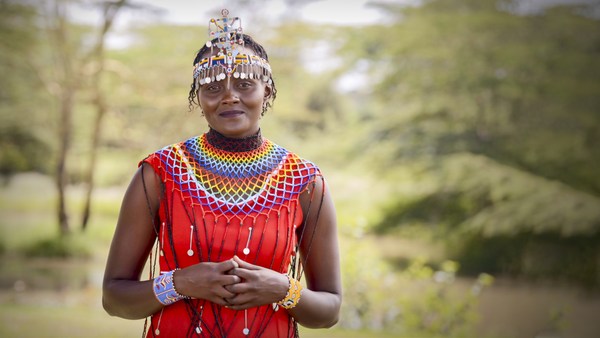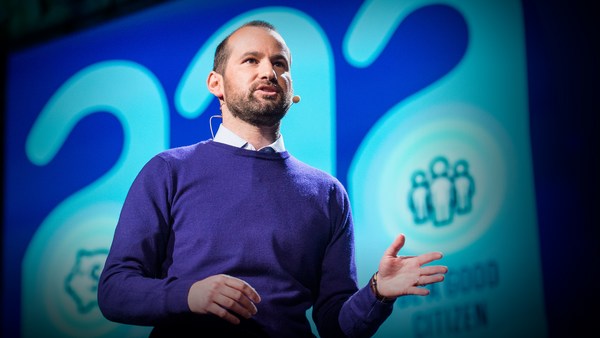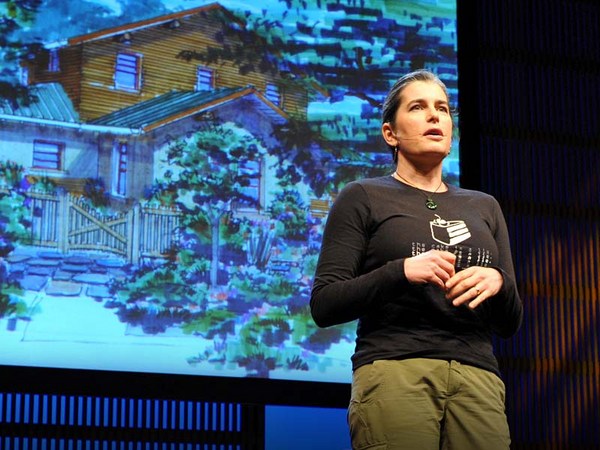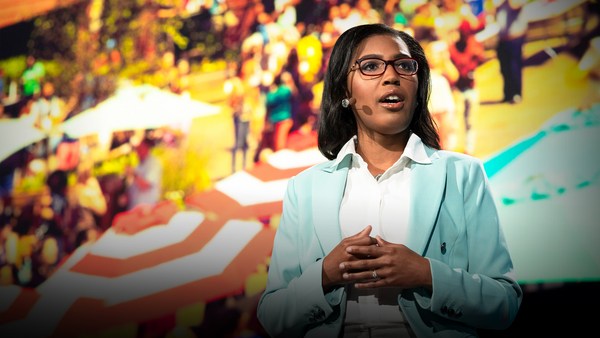Today, I'm honored to introduce you to Randa. Randa is a remarkable woman that I have had the privilege of getting to know. Randa is from Tambacounda, which is a rural town in Senegal. Like me, Randa is a mother and has also been raised on a farm.
Unlike me, and I suspect unlike all of you, Randa does not take her energy supply for granted. When Randa comes home after a hard day's work, she does not have the luxury of flipping a switch to turn the lights on in her house. The stove that Randa uses to cook meals for her family has not been seamlessly integrated into the design of her kitchen. Instead, Randa spends up to 10 hours every week collecting firewood just to meet the basic needs of her family.
When Randa and I were sharing stories about our children, I was disheartened to hear from her that the clinic at which she delivered her four daughters and her two sons had no electricity. And the midwife that attended to her had to use a kerosene lamp during her deliveries.
Now, sadly, Randa's story is not unique. Randa's story mirrors the struggles of 2.4 billion people worldwide that are deprived of access to electricity and to clean cooking fuels. This is what we refer to as "energy poverty."
Energy poverty results in the deaths of 3.2 million people every single year due to diseases caused by exposure to indoor air pollution that disproportionately impacts women and children. Now what is also tragic is that after my 23 years of engagement in intergovernmental processes at the United Nations, I continue to battle with the fact that when we are not in the room, the harsh realities of women's energy poverty are simply not prioritized to the extent that they should be in the global political dialogue on sustainable development and on climate change. The mainstream narrative envisions a transition to net zero carbon emissions by 2050, largely driven by the deployment of large-scale renewable energy. This assumes that people already have access to energy and simply need to shift to cleaner and more sustainable alternatives. What it fails to acknowledge is that one in every three individuals on our planet do not have access to any form of modern energy.
So the key challenge that we have and the key question is why is it that we fail to prioritize women's energy poverty in developing countries and fail to recognize it for the global crisis that it is?
This is a question and this is an issue that I have been grappling with for a long time. And I've come to the realization that one of the key reasons is that the energy sector is male-dominated and marginally representative of diverse and inclusive perspectives. Now why do I say this? Research from the International Energy Agency shows us that women account for only 15 percent, only 15 percent of the workforce in the energy sector. And when it comes to leadership positions, women such as myself, that is, women of color, are few and far between. We also know that gender-blind energy policies also contribute to the failure of the prevailing narrative to recognize that it's women like Randa, that are the cornerstones and the agents of change to abolishing energy poverty.
But here's the good news. A revolution is already underway. And this is a revolution that is being spearheaded by women grassroots organizations. These are women grassroots organizations that are being disruptive and are stepping up to lead the way from the current crisis to a sustainable energy future that is more possible and even closer than many of us realize. These women grassroots organizations embrace an approach that is referred to as leaving no one behind. That prioritizes universal access to reliable, affordable, sustainable energy as essential for livelihoods, for adaptation to climate change, and for building resilience.
Now what does this mean in practice? These initiatives are empowering women smallholder farmers, like Randa, with decentralized renewable energy technologies. These are technologies such as solar water pumps, mini grids, clean cooking technologies that are equipping millions of women that, by the way, produce 80 percent of the food in developing countries, with clean energy to irrigate their crops, to process their farm produce, to power agriculture equipment, while at the same time enabling them to adapt to climate change crises such as water shortages, and also reduce their reliance on expensive diesel generators.
Now I'm immensely proud to say and to share with you that only in less than 10 years an example of three women-led organizations that is ENERGIA, my organization, Solar Sister, Frontier Markets have supported a cohort of 42,000 women entrepreneurs that are operating in underserved markets where commercial distribution networks are inadequate. These women entrepreneurs have already fueled their local economies in their communities by providing renewable energy services to over 21 million consumers.
(Applause)
Now this is testament to the real-time impact and the tangible results that are achievable when women organizations take the lead. For us at ENERGIA, addressing this crisis and this challenge goes beyond providing energy services. A game changer for us has been convening the grassroots women that we collaborate with into associations. One rural woman standing alone has limited opportunity to change policies. But forming a group of 200 women who, by the way, are voters, leverages their collective agency to engage in the formal economy but also to be present in energy decision-making spaces that were previously closed to them. Together, this group of women can articulate their own issues. They can articulate their own demands, they can advocate for themselves, and they can even influence the political landscape, fostering national policies and regulations that champion gender equality.
Now in order to scale up these transformative impacts, new pathways of financial support that direct intentional investments, intentional investments, to grassroots women's organizations are absolutely necessary. It is a scandal that currently, only six percent of climate finance for energy goes to address energy poverty. I'm going to pause there and let that sink in. Only six percent of climate finance goes to address this global crisis of energy poverty. And a mere nine percent of climate sector development finance is tagged for gender equality. Is this really the best that we can do to engage women in the energy sector? My response is a clear no. Now, I'd like to ask you to join me and imagine with me a transformative energy transition that measures success not only by the supply of energy units, but rather by the significant strides that we make on gender equality and social justice. The energy future that we should all be moving towards is one that calls us to be collectively responsible for ending energy poverty. It is about providing women from developing countries with the opportunities to claim their power as leaders, as drivers of a just and inclusive energy transition. For me, the call to action is clear. Let us all be the architects of change, shaping a future where no one is left in the dark, and where women are at the forefront of a brighter, more sustainable world. Thank you. (Applause)
